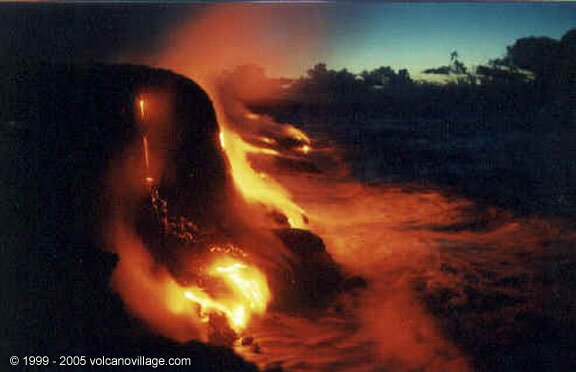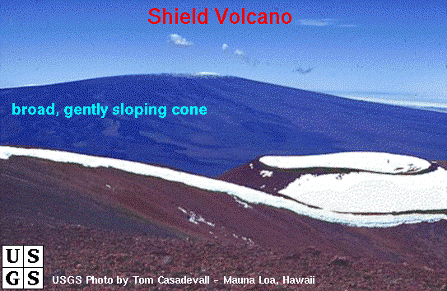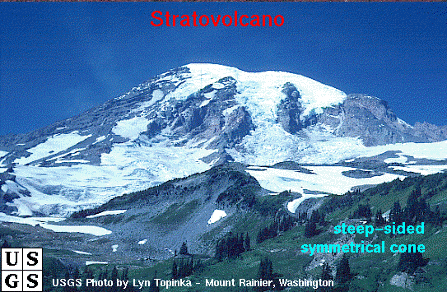Volcanoes In Hawaii, We Lava Lava You!
Videos on Volcanoes in HawaiiThere are two active Volcanoes in Hawaii. These amazing videos of Mauna Loa and Kilauea erupting, show how active the Big Island really is. With one of the videos from 1934, and one from 1959 this shows you the history of the island's volcanoes. There is even a video of the lava from underwater.
Recent ActivityHalema`uma`u Crater, Kilauea Volcano, after being inactive for almost thirty five years, gave everybody a wake up call on March 19th 2008. The crater began venting a incandescent gas on March 11th or 12th, and cut loose with a series of explosions early in the morning on March 19th. Or to go to our Big Island Vog Index Blog, or Vog Blog follow this link 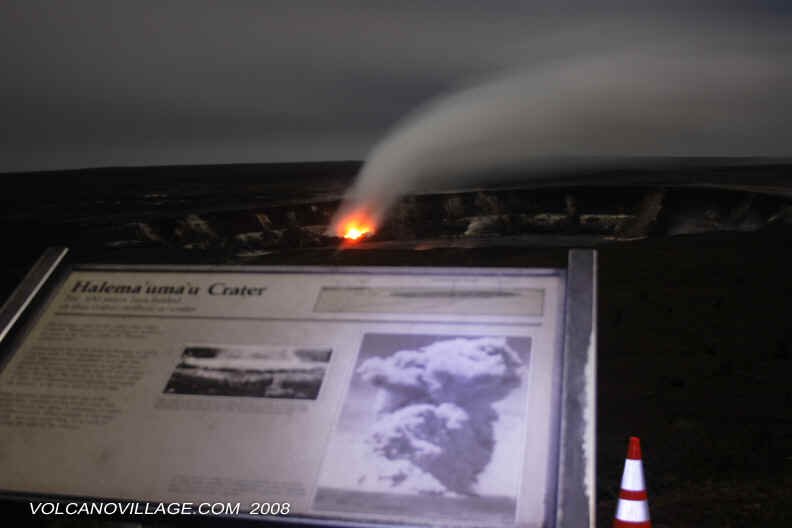 Two types of VolcanoesThe Big Island is made up of Five Shield Volcanoes: Kohala, Mauna Kea, Hualalai, Mauna Loa, and Kilauea. The difference between a Shield Volcano and the more common Strato Volcano is the way that the Volcanoes are formed. Sheild Volcanoes lava is of a lower viscosity, meaning that it is thinner and more fluid. This makes the eruptions less volatile, as pressure does not build up as much. The slopes of a Sheild Volcano are long and Broad, while a Strato Volcano is more tall and cone shaped. The pictures below illustrate this pretty clearly. All Volcanoes in Hawaii are Sheild Volcanoes. Below the pictures are some links with more info on sheild and strato volcanoes. Shield
Links to Shield Volcano Info: 1 and 2 Strato
Links to Strato Volcano Info: 1 and 2 Kilauea: The Most Active Volcano on EarthOnly 4,091 feet from Sea level, Kilauea is nestled into the side of Mauna Loa, on the South east side of the Big Island. If you looking for a active volcano, Hawaii definitely delivers. Kilauea is currently the most active volcano in the world, and also one of the most visited. 189 structures have been destroyed by Kilauea since the current flows started in January of 1983. Thats 25 years ago!! The Volcano National Park Hawaii covers 505 square miles of land and has well defined hiking and bike trails. Camping is also allowed, and seeing the lava flow at night is extraordinary, but you must register with the park rangers for overnight activities. Without a doubt the best way to see the volcano is from a helicopter. You can actually see a good portion of Hawaii and the volcano on a helicopter tour. Of course for those of us who like to stay on the ground, there are other ways of seeing the island. Volcano National Park HawaiiEvery day this world renowned National park brings in thousands of people. Right now there are approximately Nine thousand visitors every day. The high volume is due to the recent eruption and activity at the Halemauau crater. There are actually two volcanoes in Hawaii Volcanoes National Park , Kilauea and Mauna Loa. Mauna Loa is actually the largest Volcano in the world, and Kilauea is the most active. Together they are quite a pair. There are all kinds of activities you can due in the park, from camping to lava observing hikes. It is important to register with the Park Rangers before doing these activities, so they can advise you of current conditions. Mauna Loa: The Long MountainBesides being the biggest Volcano in the world, Mauna Loa is a active volcano on the Big Island. At 13,679 feet above sea level Mauna Loa is almost as tall as Mauna Kea, but its volume is immense. Mauna Loa last erupted in 1984 and threatened to destroy Hilo. Mauna Loa often swells, and threatens to erupt, and scientists monitor its activity very closely. Mauna Kea: The White Mountain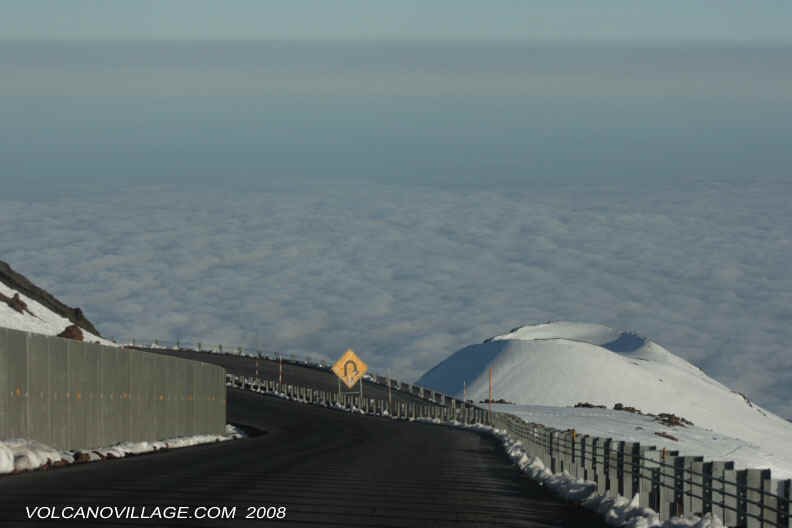
Photo by Steve Young Covered in snow a good portion of the year, Mauna Kea is possibly the worlds biggest mountain. With its summit at 13,796 feet above sea level, and its base 19,000 below sea level, it's total size is close to 34,000 feet. Known for its world renowned telescopes and observatories, Mauna Kea's weather doesn't deter visitors. There are even a few companies that run daily tours to the Mountain. Although not active, One of the stand out Volcanoes in Hawaii. For up to date info, links, videos, and advice on Mauna Kea, check out our page on Mauna Kea: The White Mountain Steve Young: A History of Excellence
Steve Young has been photographing the eruptions of Kilauea Volcano and the Big Island of Hawaii since his arrival in 1983. Several of his photographs have appeared in local magazines and newspapers; however, most have remained in his collection for the past 20 years. Photographic prints are only available at Kilauea Kreations in Volcano Village, and on the web site volcanovillage.com, making his photographs some of the rarest in the islands. These images represent 25 years of one man’s photographic works. We appreciate the opportunity to use his photographs, and recommend you check out his website, which contains a amazing gallery of photographs of the Big Island.
|

